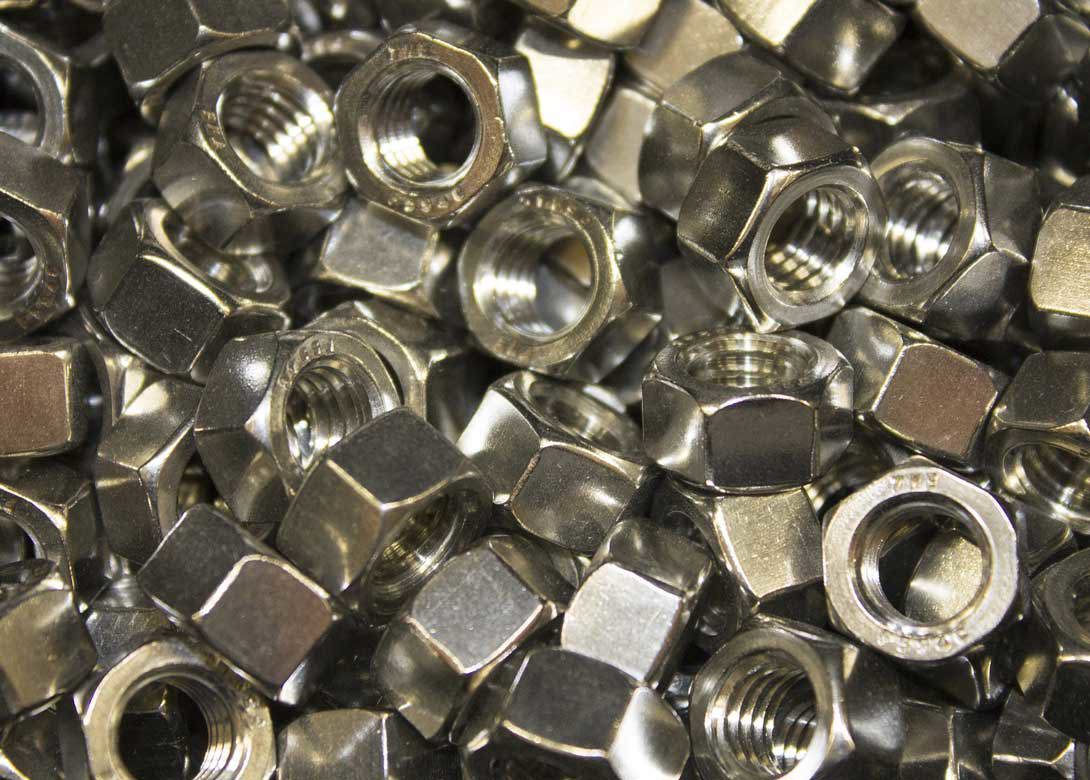
Here Dr Bill Eccles, from Bolt Science, reviews the different methods involved in checking the torque value of a bolt after its installation and what is the best method to choose.
There are three basic methods for the checking of torques applied to bolts after their installation, namely, taking the reading on a torque gauge when:
1. The socket begins to move away from the tightened position in the tightening direction. This method is frequently referred to as the ‘crack-on’ method.
2. The socket begins to move away from the tightened position in the un-tightening direction. This method is frequently referred to as the ‘crack-off’ method.
3. The fastener is re-tightened up to a marked position. With the ‘marked fastener’ method the socket approaches a marked position in the tightening direction. Clear marks are first scribed on the socket and onto the joint surface, which will remain stationary when the nut is rotated (avoid scribing on washers since these can turn with the nut). The nut is backed off by about 30 degrees, followed by re-tightening so that the scribed lines coincide.
For methods 1 and 2 the breakloose torque is normally slightly higher than the installation torque – since static friction is usually greater than dynamic friction. In my opinion, the most accurate method is method 3. However, what this will not address is the permanent deformation caused by gasket creep. An alternative is to measure the bolt elongation (if the fastener is not tapped into the gearbox). This can be achieved by machining the head of the bolt, and the end of the bolt, so that it can be accurately measured using a micrometer. Checking the change in length will determine if the user is losing preload.
The torque in all three methods should be applied in a slow and deliberate manner in order that dynamic effects on the gauge reading are minimised. It must always be ensured that the non-rotating member, usually the bolt, is held secure when checking torques. The torque reading should also be checked as soon after the tightening operation as possible and before any subsequent process such as painting, heating, etc.
The torque readings are dependent upon the coefficients of friction present under the nut face and in the threads. If the fasteners are left too long, or subjected to different environmental conditions before checking, friction and consequently the torque values can vary. Variation can also be caused by embedding (plastic deformation) of the threads and nut face/joint surface, which does occur. This embedding results in bolt tension reduction and affects the tightening torque. The torque values can vary by as much as 20% if the bolts are left standing for two days.

Will joined Fastener + Fixing Magazine in 2007 and over the last 15 years has experienced every facet of the fastener sector - interviewing key figures within the industry and visiting leading companies and exhibitions around the globe.
Will manages the content strategy across all platforms and is the guardian for the high editorial standards that the Magazine is renowned.
Don't have an account? Sign Up
Signing up to Fastener + Fixing Magazine enables you to manage your account details.